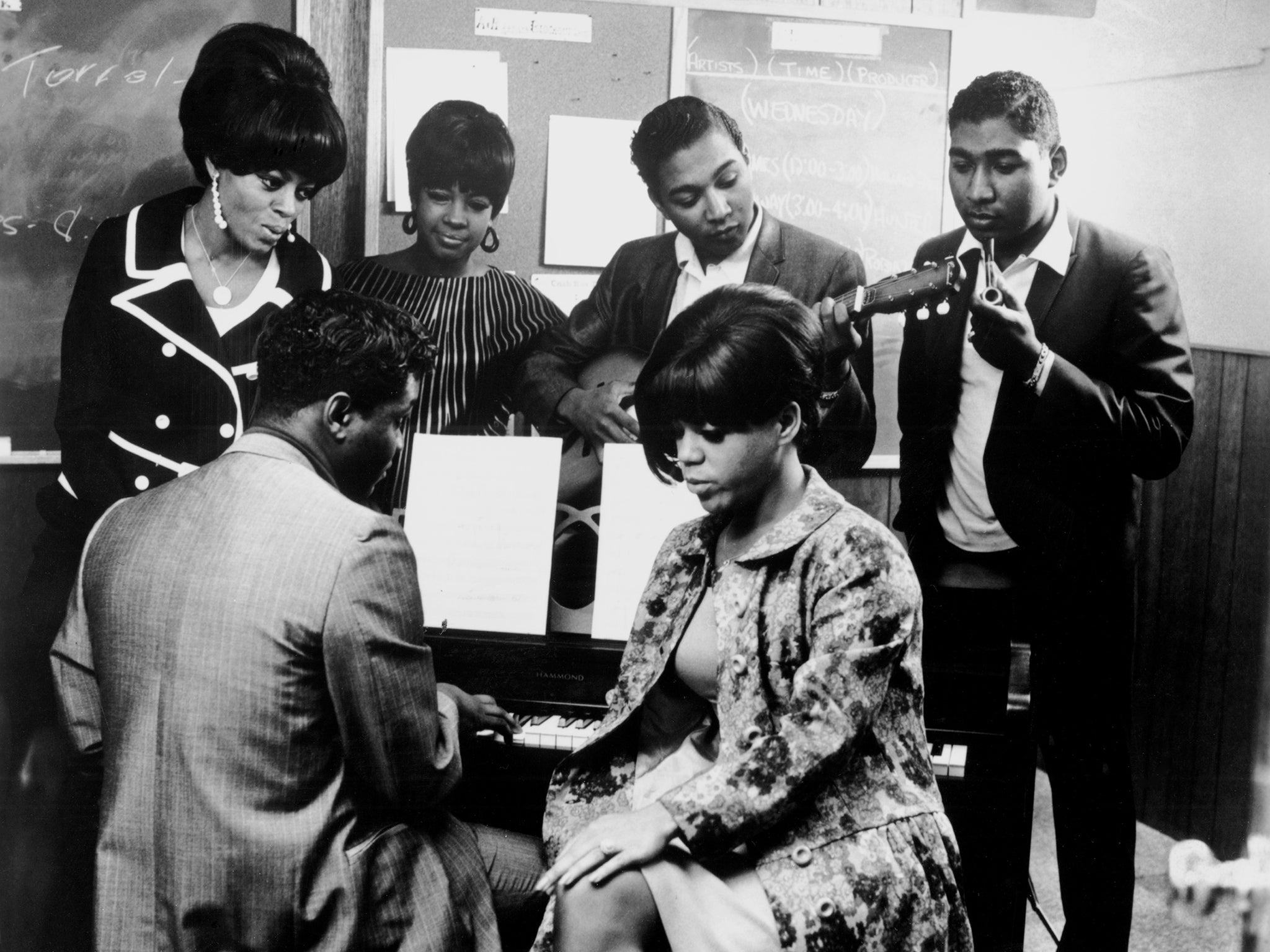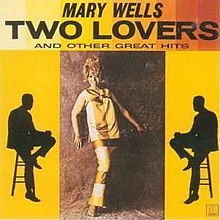 |
| Gene Page |
(Extract from the Independence Newspaper dated 20th September 1998)
The contribution of arrangers to popular music
recordings is often ignored, George Martin and Quincy Jones being the exception
to the rule. Gene Page, the American orchestrator and producer who died last
month in Los Angeles, was "session call number one" for any artist
needing lush strings to heighten the appeal of a ballad.
As the guitarist Ray Parker Jr. (of Ghostbusters fame) said in
tribute to his long-time friend and colleague:
“Take any romantic record of the last 25-30 years, be it by the
Righteous Brothers, Michael Jackson, Barry White, Marvin Gaye, Johnny Mathis,
Barbra Streisand, Lionel Richie, Kenny Rogers or Whitney Houston, and you've
heard Gene Page's work. He was a spectacular arranger; no one could put
together cellos, French horns and violins like him”.
“When I was a kid, still in diapers, Gene was already happening.
I was a big fan of his. He had the same effect on me as Stevie Wonder. When you
have this level of talent around in the studio, you get a little more humble”.
Born in Los Angeles in 1940, Eugene Page Jnr was taught piano by
his father. Something of a child prodigy, he won a scholarship to the Brooklyn
Conservatory and seemed destined for a career as a concert pianist. However, to
earn extra cash, he started to help he
started to help various acts polish their demo tapes. In the early Sixties, his
work caught the ear of Reprise Records who hired him as their in-house
arranger.
During
that period in the 1970s Page still found time to conduct string arrangements
for Aretha Franklin, the Four Tops, Deniece
Williams, Natalie Cole, Dionne Warwick, Crystal Gayle, Julio Iglesias, Leo
Sayer and even Elton John, an early Barry White convert, who used Page to great
effect on the Philly-Sound-influenced single "Philadelphia Freedom"
and the album Captain Fantastic and the Brown Dirt Cowboy (1975).
1980s Recording Sessions
Prior to his death Gene Page had conducted strings on many 1980s
recordings that were just as successful as those of the previous decade, which included
such recordings as "Endless Love" by Diana Ross and Lionel Richie, that
actually peaked at number one on the Billboard Hot 100 Singles Chart week-ending
15th August 1981 (9 weeks), followed by the duet "Tonight I
Celebrate My Love" by Peabo Bryson and Roberta Flack, taken from the “Born
To Love” album, gold-certified in America.
"The Greatest Love
of All" performed by Whitney Houston was another gold-certified hit single
in America, with multi-platinum certification for Houston’s self-titled solo
album. He went on to arrange strings for Atlantic Starr on their gold-certified
album “All In
The Name Of Love”,
which featured the single "Always" that reached the number one
position week-ending 13th June 1987 (1 week). Anita Baker benefited from
Page’s brilliant arrangements on her second solo multi-platinum album “You’re the Best That I
Got” that reached number one on the Billboard 200 Albums Chart week-ending 24th December
1988 (4 weeks). Many of these artists had number one albums on the Billboard
200 Albums Chart that featured a credit for Gene Page during a prolific decade
that represents a crowning achievement for a great icon. In all, his name
appeared on more than 200 gold and platinum records. He also conducted string arrangements
on Teddy Pendergrass’ first post-accident studio album “Love Language”, that
was certified platinum in 1984 for over one million copies sold in North
America.
At Page’s funeral the Rev. William Minson Jnr. who officiated at
the service remembers Page as "a man who always cared and shared with
other people. More than his 35 year-career in popular music, I believe that
this is Gene Page's biggest legacy."









